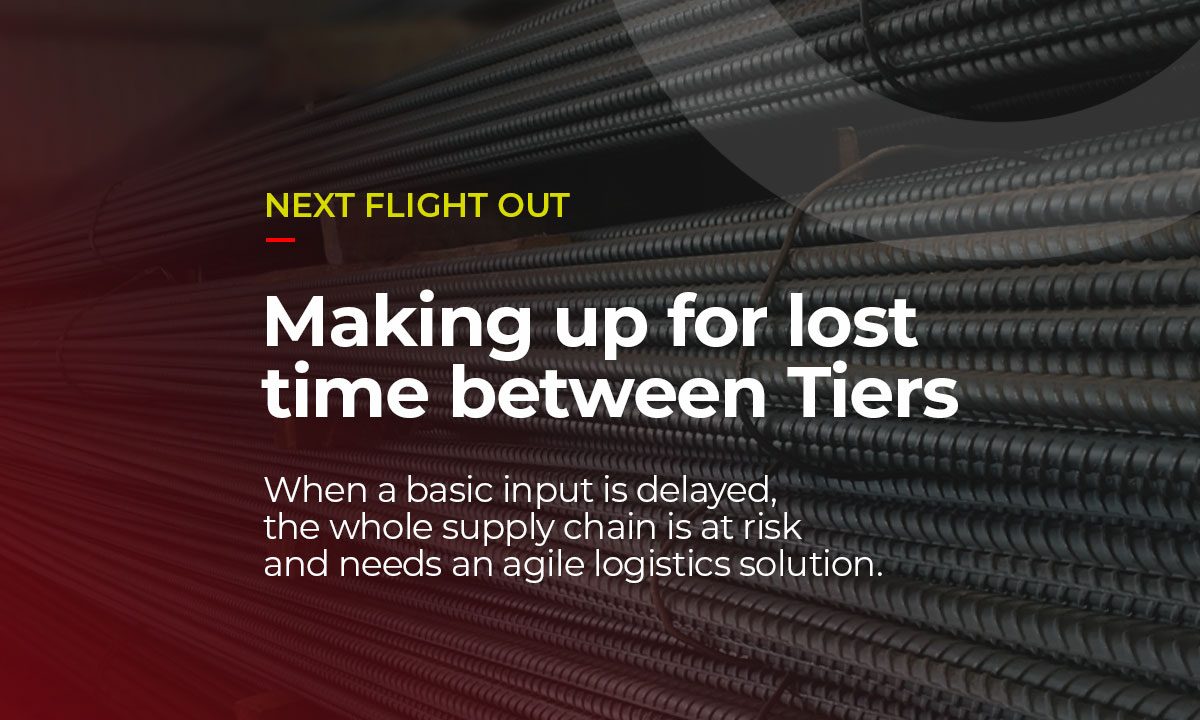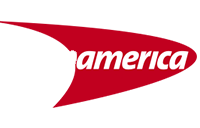
Next flight out, one of the best ways to avoid a line stoppage
When one of the first links in the automotive supply chain breaks down –the provision of basic metal inputs– the Next Flight Out service may be the best solution to avoid a line stoppage.
The Automotive Industry has faced great challenges since the beginning of the pandemic. After overcoming the impossibility of having workers in the plants and negotiating with suppliers the solution to the shortage of semiconductors and microchips, problems begun to arise with the supply of basic inputs, such as metals and plastics.
In our story today, a Tier 2 in São Paulo (Brazil) faced a great moment of stress when its Tier 3 did not deliver a full cargo of metal that had to reach a Tier 1 in Aguascalientes (a Mexican state in the center of the country, around 300 miles from the country’s capital), to avoid a line stoppage.
Before we continue, are you lost in the acronyms? Don’t worry, just check this quick explanation:
How does the hierarchy of end product and supplier manufacturing work*?

Original equipment manufacturers (OEMs) are the large manufacturers that sell products to the end customer. E.g.: Ford, Toyota, VW, Apple, HP, etc.
The pyramid illustrates how the supplier hierarchy moves: a Tier 1 supplies parts and systems directly to OEMs. E.g.: Seats, steering systems, brakes, screens.
Tier 2 suppliers, in turn, provide parts and components to Tier 1. E.g.: Semiconductors and microchips.
Tier 3 suppliers are responsible for raw materials or initial inputs. E.g.: Plastic, metals.
* Mainly in the automotive, aerospace and high-tech industries.*****
In other words, our customer produces valves made of steel. In this occasion, their steel provider didn’t deliver enough material to manufacture the number of valves our customer sold their own clients.
The cargo, valued at almost USD 200,000, was organized into seven tied wooden boxes of a little less than 9 tons each, with dimensions of 42 cm x 42 cm x 465 cm.
To arrive on time, our Critical Cargo teams in the United States and in Brazil worked in sync to design the best solution: shipping the cargo by Air Priority (Next Flight Out) from the Viracopos airport (VCP) to Miami (MIA), from where it continued as ground project cargo on a flatbed truck to Laredo, where our customer has a warehouse and could coordinate the arrival of the inputs on time.

Considering the cargo dimensions, moving it from Brazil to Mexico using an air solution would be more expensive and it would take more time than we had.
After deciding for a plan that considered United States as the entrance hub to North America, we thought about Los Angeles Airport (LAX) – nevertheless, it is one of the most saturated airports today.
Counting on this benefit and considering the weight and volume of the cargo, MIA was chosen as the best airport for importing cargo to the United States using the Next Flight Out service, also counting on a reliable ground freight carrier, in a perfect synchrony to recover the time lost by Tier 3.
From the first mile to our client’s warehouse, the movement was successfully coordinated, preventing the Tier 1 line stoppage and fines – or even the loss of the contract – for our Tier 2 client.
When your cargo becomes urgent, count on our critical cargo teams in our local offices and control towers throughout the Americas and Europe.
At EP America, we work to be more than a freight forwarder: we are your best strategic ally in logistics, coordinating your transport on time. Connect with us.






